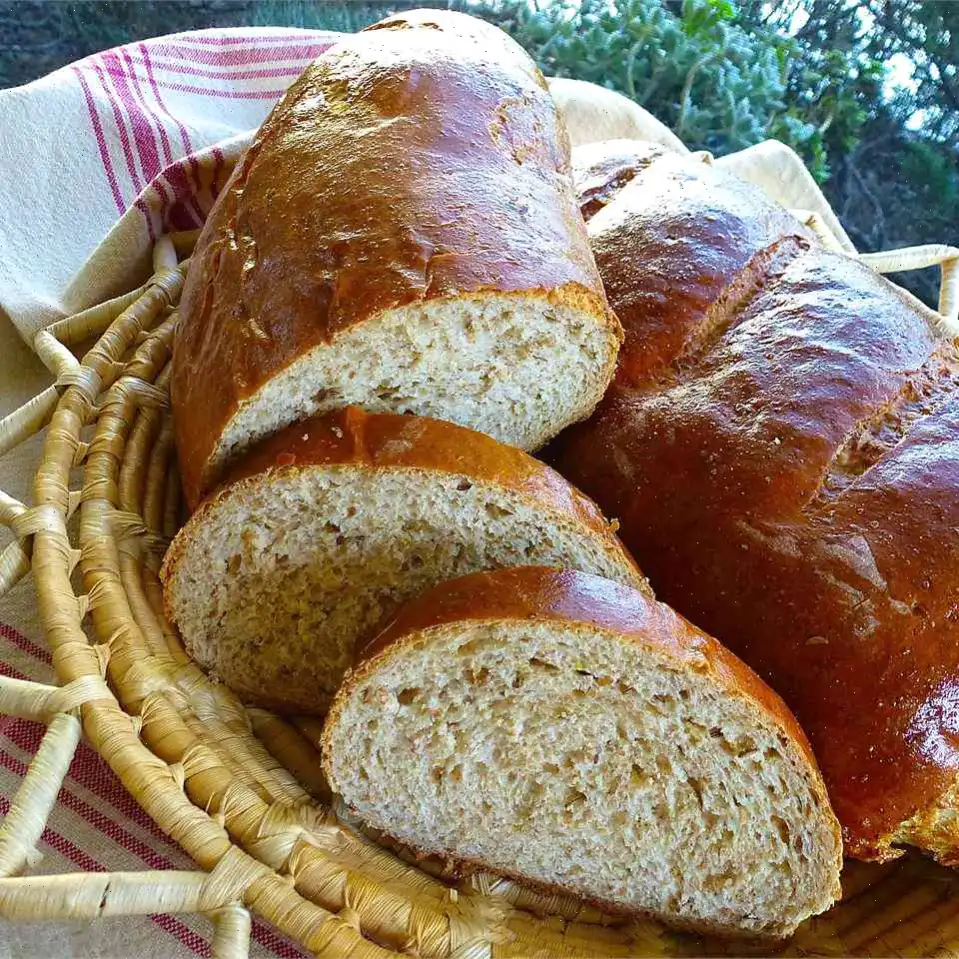
Shirazi Salad Recipe
Servings: 6
Ingredients:
- 1 pound plum tomatoes, finely diced
- 1 pound Persian cucumbers, finely diced
- 1 small red onion, finely diced
- 1 cup minced fresh parsley
- 2 tablespoons minced fresh mint
- 5 tablespoons ab ghooreh (or lemon juice plus 4 teaspoons zest), plus more to taste
- 1/4 cup olive oil
- 3/4 teaspoon salt, plus more to taste
- 1/2 teaspoon freshly ground black pepper, plus more to taste
- Lemon wedges, for serving
Directions:
- Step 1: In a large serving bowl, combine the finely diced plum tomatoes, Persian cucumbers, and red onion.
- Step 2: Add the minced fresh parsley and mint to the bowl, mixing everything together.
- Step 3: Stir in the ab ghooreh (or lemon juice and zest), olive oil, salt, and pepper.
- Step 4: Taste the mixture and adjust the seasoning with more salt, pepper, or lemon juice if desired.
- Step 5: Garnish the salad with a little extra parsley and serve immediately with lemon wedges on the side.
Nutrition Facts (per serving):
| Calories | 157 |
|---|---|
| Total Fat | 10g |
| Saturated Fat | 1g |
| Cholesterol | 0mg |
| Sodium | 282mg |
| Total Carbohydrate | 21g |
| Dietary Fiber | 5g |
| Total Sugars | 8g |
| Protein | 3g |
| Vitamin C | 88mg |
| Calcium | 71mg |
| Iron | 2mg |
| Potassium | 548mg |

Shirazi Salad is a traditional Persian salad, originating from the city of Shiraz in southwestern Iran. This refreshing dish has gained popularity not only in its region of origin but across the globe due to its light, tangy flavors and vibrant presentation. Made from a combination of fresh vegetables, herbs, and a tangy dressing, it offers a burst of flavors that perfectly complement any Middle Eastern meal. The primary ingredients include tomatoes, cucumbers, onions, parsley, and mint, all dressed with olive oil and a sour grape juice-based dressing known as "ab ghooreh," though lemon juice can be substituted in some recipes.
Origin and History
Shirazi salad has deep roots in Persian cuisine, dating back centuries. The city of Shiraz, known for its rich cultural heritage and lush gardens, inspired many of the flavors and culinary traditions that are associated with Iranian cuisine today. This salad, in particular, reflects the region's love for fresh, garden-picked ingredients, often found in the city's vibrant bazaars. Over time, the dish has spread across the Middle East and beyond, with variations found in neighboring countries. The use of sour grape juice in the dressing is a distinctive feature, giving the salad a unique tartness that sets it apart from other salads in the region.
Regional Variations
While Shirazi salad is widely recognized across Iran, its preparation can vary slightly from region to region. For example, some versions may incorporate pomegranate seeds for added sweetness and color, especially during the winter months. In other parts of the Middle East, the salad may include additional ingredients such as radishes or bell peppers. Regardless of the variation, however, the core of the dish remains the same: fresh, finely chopped vegetables, aromatic herbs, and a tangy dressing.
Differences from Similar Dishes
Shirazi salad is often compared to other Mediterranean or Middle Eastern salads, such as the Greek salad or tabbouleh. However, what makes Shirazi salad stand out is its finely diced vegetables and its dressing. While Greek salad typically uses large chunks of cucumber and tomato, Shirazi salad's ingredients are cut into small, uniform pieces, creating a delicate, almost refined texture. The dressing of Shirazi salad, made with ab ghooreh (or lemon juice), imparts a unique sourness that differentiates it from the more neutral olive oil-based dressings of Greek or tabbouleh salads.
Where Is It Typically Served?
Shirazi salad is a versatile dish that can be served as a side dish or appetizer. It pairs perfectly with grilled meats, such as kebabs or lamb chops, making it a staple at Persian and Middle Eastern feasts. It is also commonly found at family gatherings, picnics, and street food markets throughout Iran and the wider Middle East. In many Iranian households, this salad is served alongside rice dishes like pilaf or stews, providing a refreshing contrast to the rich flavors of the main courses.
Interesting Facts
- Shirazi salad is often served with fresh lemon wedges on the side, which guests can squeeze over the salad to adjust the tanginess to their liking.
- In Persian culture, the use of fresh herbs is highly valued, and herbs like parsley and mint are often included in dishes not only for their flavor but also for their health benefits, which include aiding digestion and providing antioxidants.
- Shirazi salad is considered a symbol of Persian hospitality. Its often prepared for guests and shared as part of a larger meal, showcasing the warmth and generosity of the Iranian people.
Conclusion
Shirazi salad is more than just a dishit's a cultural experience that encapsulates the freshness and vibrancy of Persian cuisine. With its colorful vegetables, aromatic herbs, and refreshing dressing, it offers a healthy and flavorful addition to any meal. Whether you're enjoying a casual lunch or a grand feast, Shirazi salad is sure to be a crowd-pleaser that brings a touch of the Middle East to your table.








